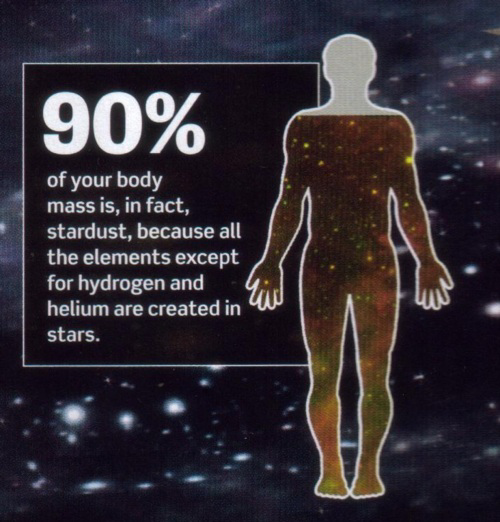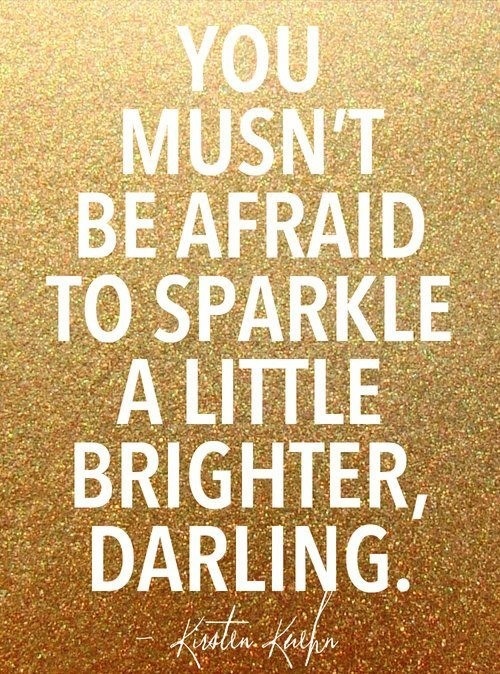Nationality: Brazilian
Place of birth: Salvador, Bahia, Brazil.

Brazilians are of mixed heritage
Trade Mark: Her green eyes



Brazil officially the Federative Republic of Brazil is the largest country in both South America and theLatin American region.
It is the largest Portuguese-speaking country in the world, and the only one in the Americas.


She’s the daughter of Hilda Silva, housewife.
She’s the youngest of four children.
She’s featured in numerous Commercials and Magazine covers. 

Brazil’s population includes the largest number of people of African descent in the entire Western Hemisphere.
Brazil has the world’s second biggest black population after Nigeria, the largest number of people of Japanese ancestry outside Japan, and more people of Lebanese or Syrian extraction than the combined populations of Lebanon and Syria.

Afro-Brazilian refers to a Brazilian with African ancestry. The term does not have widespread usage in Brazil, where people with noticeable African ancestry are generally referred to as negro or simply “preto (“black“)”, but the term is not considered very politically correct.
Another group, multiracial Brazilians, or Pardos also have a significant degree of African ancestry.
Brazil census shows African-Brazilians in the majority for the …
Did you know…? – Embassy of Brazil in London


These two categories are among five color categories used by the Brazilian Census, along with branco (“white”),amarelo(“yellow”, East Asian) and indígena (Amerindian).
In 2010, 7.6% of the Brazilian population, some 15 million people, self-identified themselves as “preto” while 43% (86 million) identified as “pardo”.

Pretos tend to be predominantly Sub-Saharan African in ancestry, while Pardos tend to have African ancestry to a lesser degree than pretos.  On average pardos are predominantly European, although all three ancestries (European, African and Native American) are often present.
On average pardos are predominantly European, although all three ancestries (European, African and Native American) are often present.

Brazil has an indigenous Indian population of around 450,000, comprising more than 200 peoples who speak more than 180 different languages.
According to the National Foundation for the Indian (FUNAI) the indigenous population has been growing at a rate of more than 3.5% per year and is now four times greater than in 1950.
FUNAI also estimates that in the Brazilian Amazon there are more than 60 ‘uncontacted’ Indian groups living in complete isolation from the outside world.
Government policy is to avoid contact with such groups unless they are in extreme danger.
















































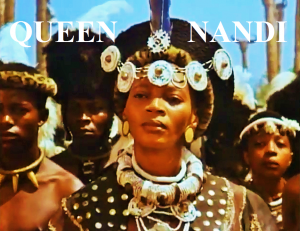


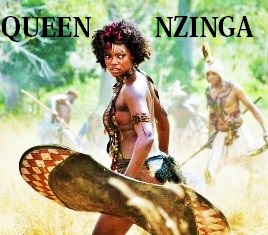




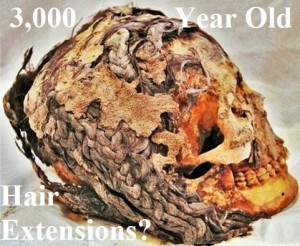

























 Take care of your body, it's the only
Take care of your body, it's the only

















